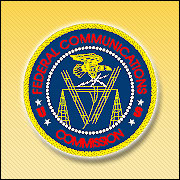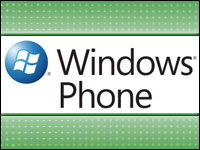
The dream of streaming video and audio on the go, without boundaries, is one step closer to reality. The Federal Communications Commission on Thursday ruled in favor of releasing the parts of the broadcast spectrum called “white spaces” — those frequencies that fall in between television channels — for wireless broadband use.
The result could be the emergence of “super WiFi” networks. Different from both traditional WiFi and its cousin WiMax, Super WiFi will have the ability to penetrate more structures, such as buildings, carry more bandwidth, and support greater transmission speeds than spectrum currently in use.
The move will pave the way for “undoubtedly lower cost” plans for consumers who use wireless devices such as iPads or even smartphones in closely defined geographic areas, Rob Enderle, principal analyst with the Enderle Group, told the E-Commerce Times. In addition, those with Super-WiFi-enabled devices likely will be able to take advantage of higher bandwidth data plans than those available with their current devices.
Bounded by Market Area
The spectrum will be individual to each major market area, just as TV spectrum is now. In all major cities — which have a rough correspondence to market areas — two UHF channels will be reserved for use by low-power devices such as wireless microphones. The subject of microphone use of the airwaves has generated heated debate.
The FCC in the end recommended that broadcast organizations, which typically are the largest users of wireless mics, choose devices that require lower bandwidth. In each region, it will be possible to use about 16 microphones at a time. When major news or sports events require more bandwidth for reporter mics, separate requests must be made.
To gain access to the bandwidth, devices manufactured to use white spaces spectrum will need to register with a central database and find the spectrum that is available. In fact, the building of the database is one of the tasks that will need to be complete before the spectrum can be released for use, FCC spokesperson Hugh Van Tuyl told the E-Commerce Times.
A group of fewer than 10 companies has applied to the feds for the job of administering the database, he noted. They range from Internet giant Google to WSDB, which, based on its acronym derived from “white spaces data base,” appears to have been formed specifically for this opportunity.
Working Out the Kinks
Before we can all walk down the street with an intact broadband connection, though, there are some significant issues to address, Enderle said. For example, it’s not clear yet whether white-space devices will be able to register to use spectrum in more than one market area. That means the new spectrum may be highly useful to home and location-specific users, such as those on college campuses or in corporate buildings, but not as much for those who travel from region to region.
In addition, providers of wireless plans in particular regions will need to work on their pricing. Coverage areas (think those maps handed out with mobile phone contracts) at the start likely will be very small. However, the increased bandwidth and lower cost may make the white spaces spectrum the ideal and lowest-cost alternative for those who use their devices heavily in particular locations.
The FCC predicts that it will be somewhere between one and two years before the first white spaces devices start to roll off the production lines. In the meantime, said Van Tuyl, there are some bureaucratic details to take care of. The new rules must be published in the Federal Register, and a variety of approvals are required for various sections.
This is the first significant block of spectrum made available for unlicensed use in more than 20 years, according to the FCC.






















































Social Media
See all Social Media